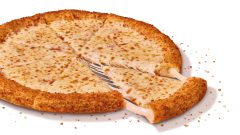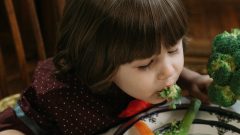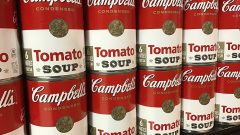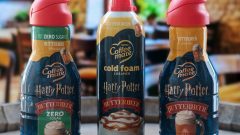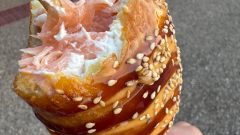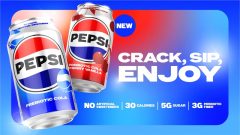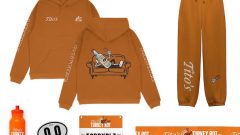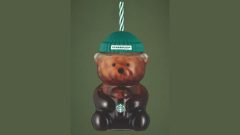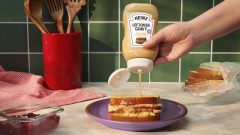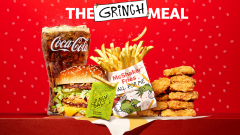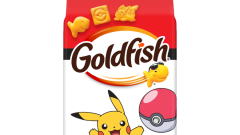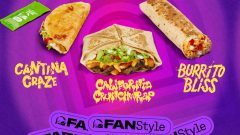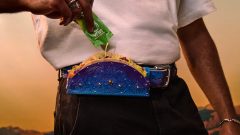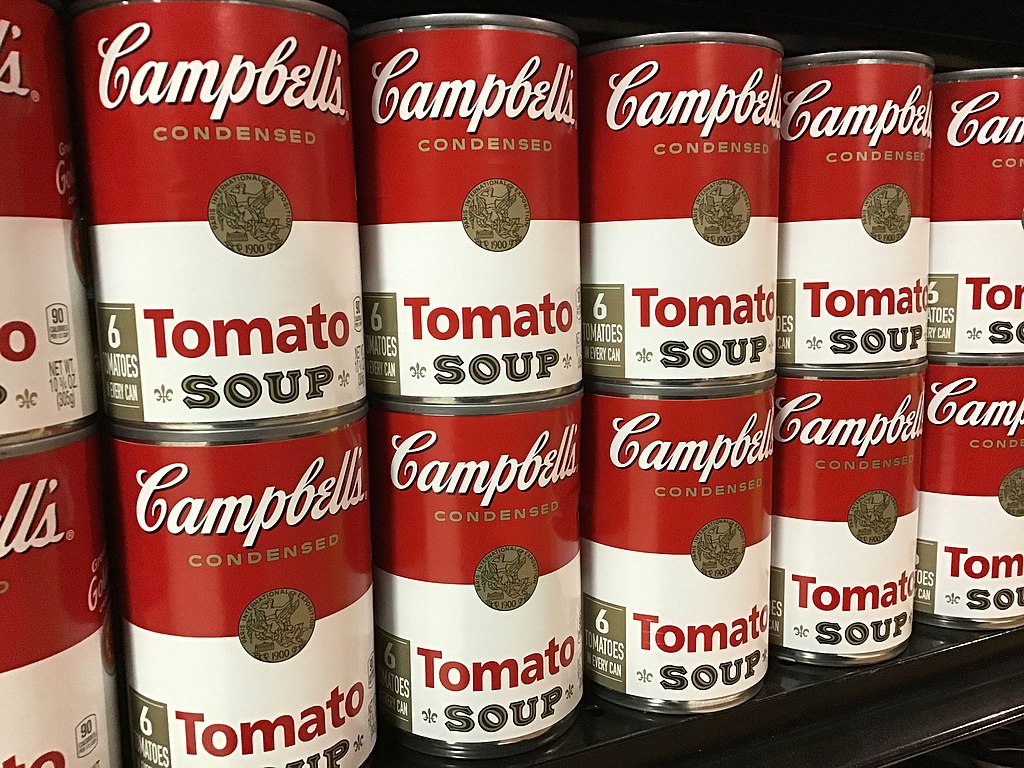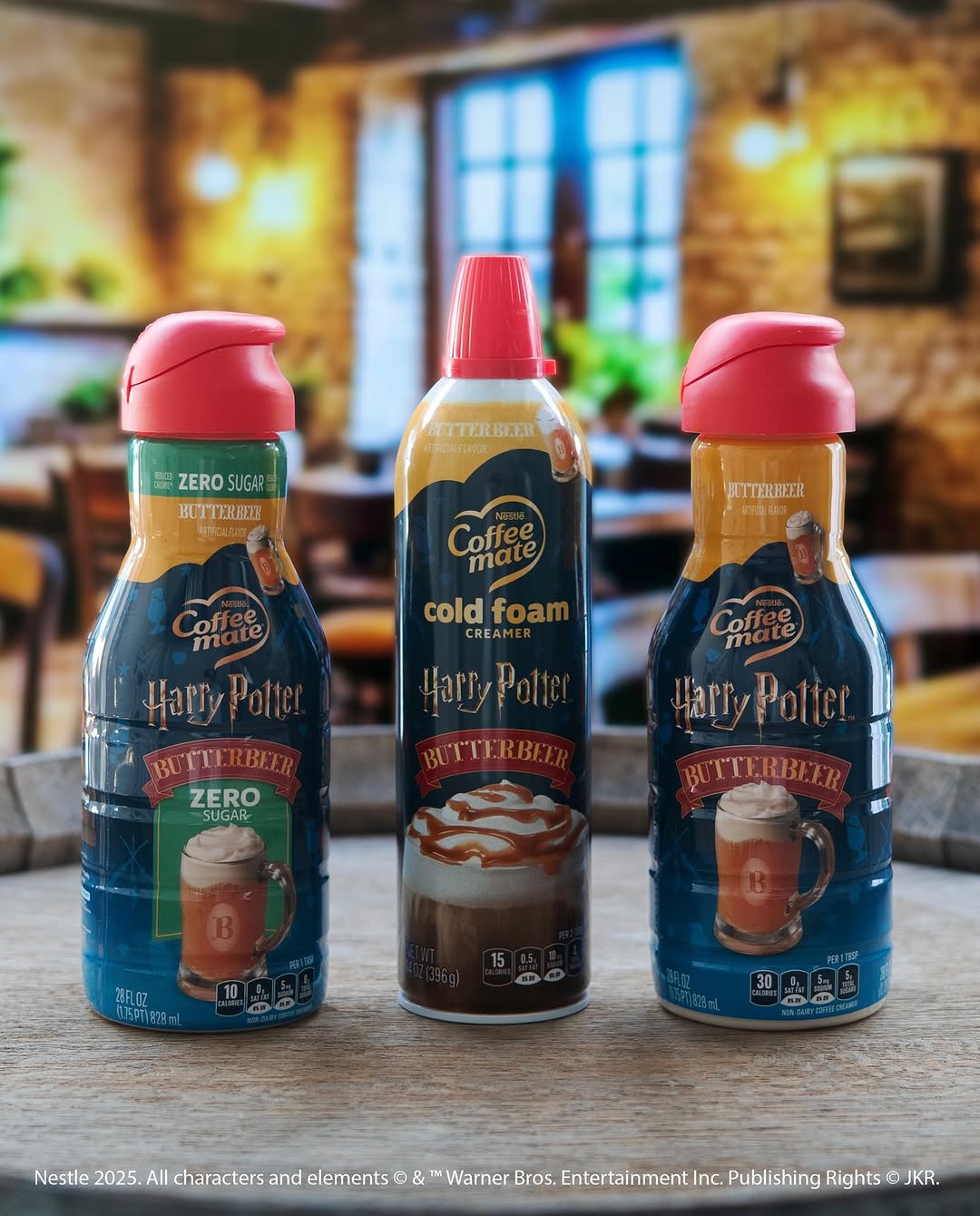Here Are The Foods Impacted By The FDA’s New Ban On Red Dye No. 3
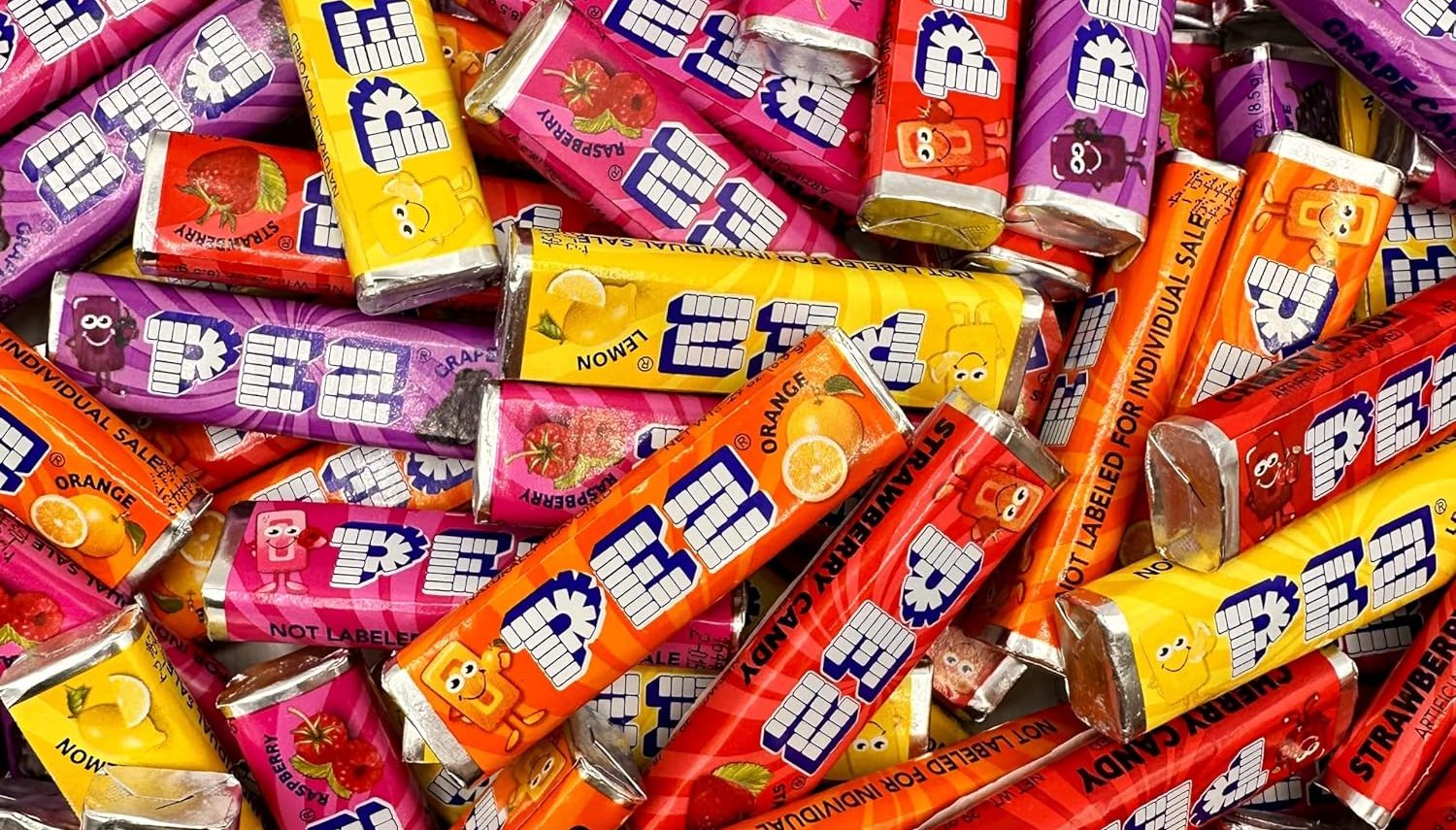
The FDA has been shaking up America’s food industry. In a long overdue move, it decided to ban the use of red dye No. 3 in food, beverages, and ingested drugs. This comes 30 years after studies proved that it causes cancer in animals. Red dye No. 3 is a synthetic color additive made from petroleum and used for its bright cherry-red color.
Advocacy organizations, individuals, the Center for Science in the Public Interest, and the Environmental Working Group joined forces on a petition in November 2022. California was the first to ban the additive in October 2023. The Delaney Clause was used to authorize the ban nationwide.
“The Delaney Clause, enacted in 1960 as part of the Color Additives Amendment to the FD&C Act, prohibits FDA authorization of a food additive or color additive if it has been found to induce cancer in humans or animals,” said the FDA in a press release.
The ban will go into effect on January 15, 2027, or January 18, 2028, giving manufacturers time to reformulate the ingredients in products that include it. Imported foods fall under the ban as well.
Red dye no. 3 is a common ingredient used in many popular candies, baked goods and snacks, dairy and frozen desserts, fruit products, beverages, and medications and supplements. According to Newsweek, some examples include:
- Pez Candy Assorted Fruit
- Dubble Bubble Original Twist Bubble Gum
- Brach’s Candy Corn
- Jelly Belly candies
- Trolli Sour Crunchy Crawlers
- Entenmann’s Little Bites Party Cake Mini Muffins
- Betty Crocker Fruit by the Foot
- Toaster pastries
- Cookies with red icing or decorations
- Strawberry-flavored milk
- Certain ice cream flavors and frozen yogurt
- Ice pops and frozen fruit bars
- Maraschino cherries
- Some fruit cocktails
- Yoo-hoo Strawberry Drink
- Certain sodas and fruit-flavored drinks
The FDA still approves 8 other synthetic food dyes for human consumption, per its website.

